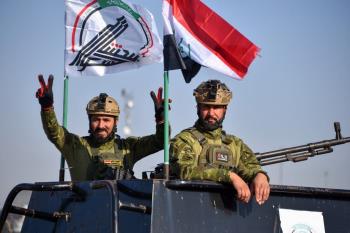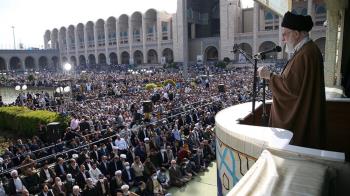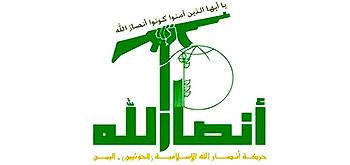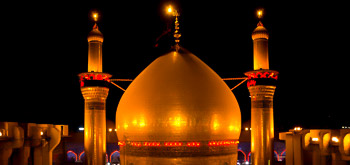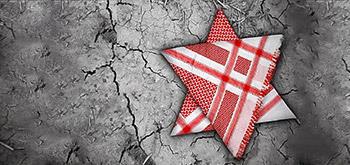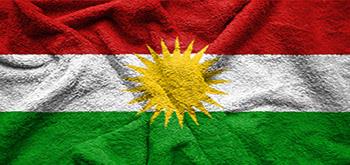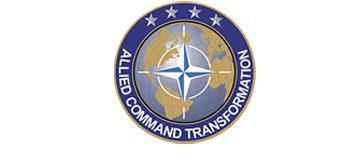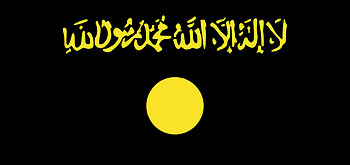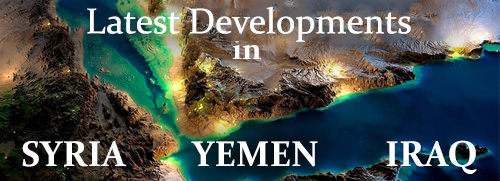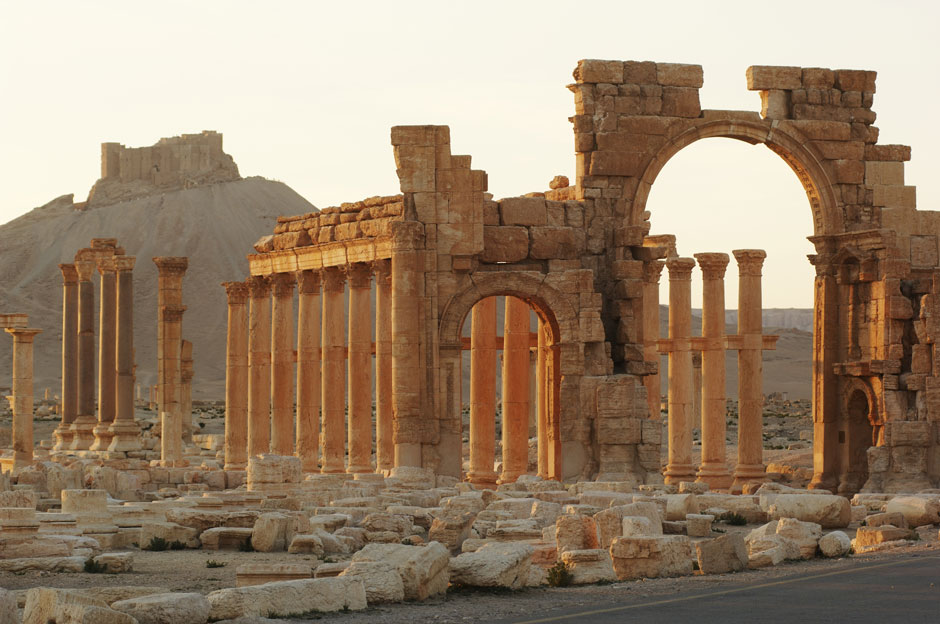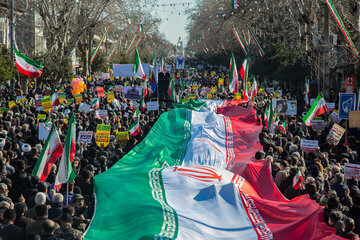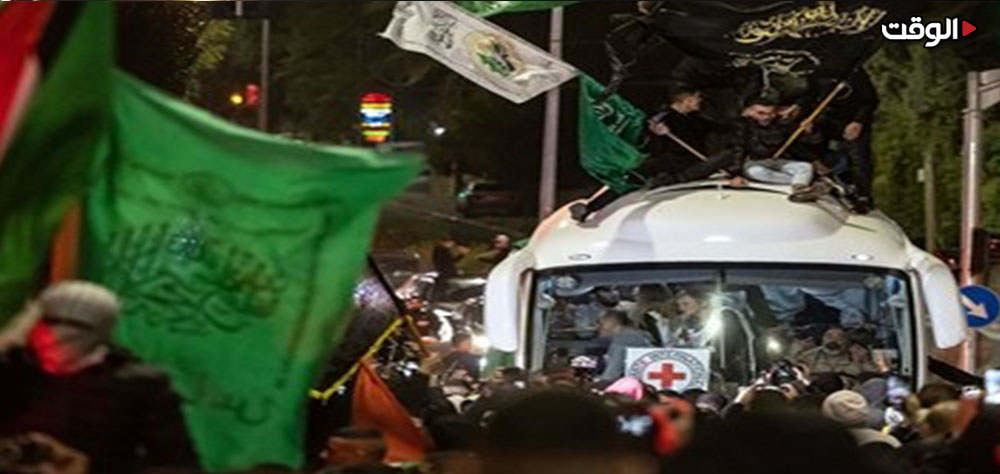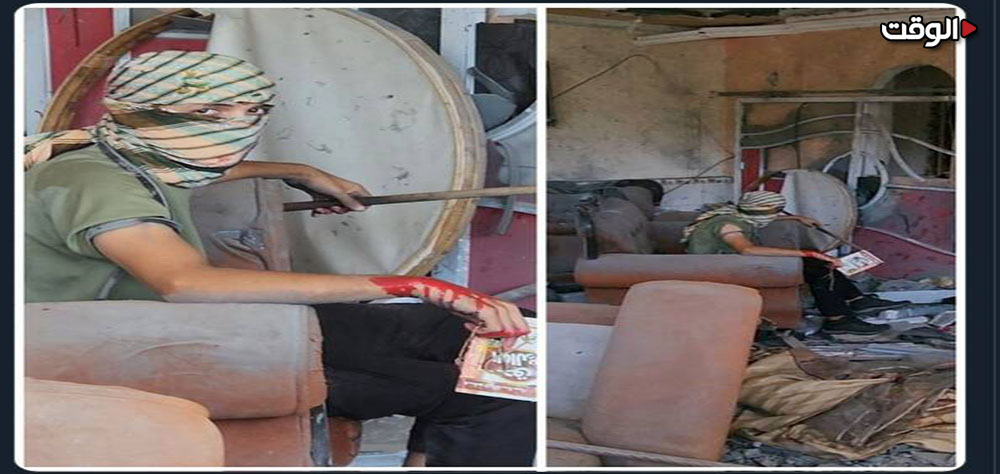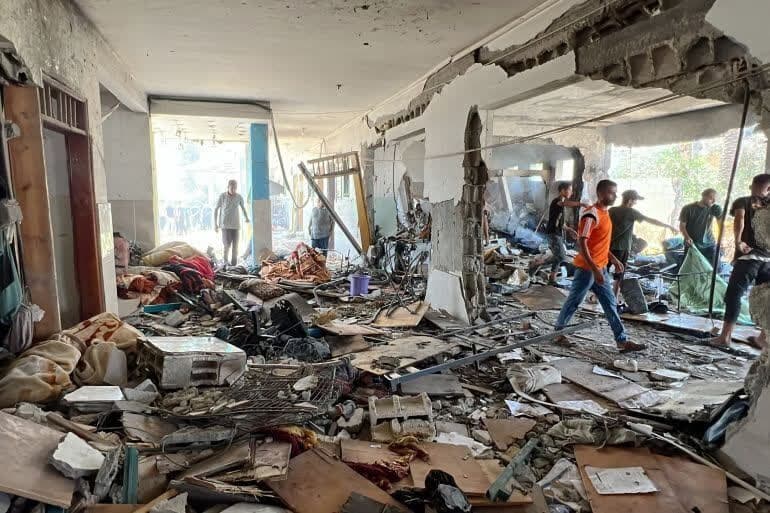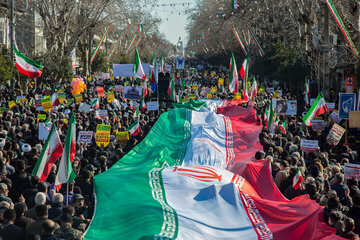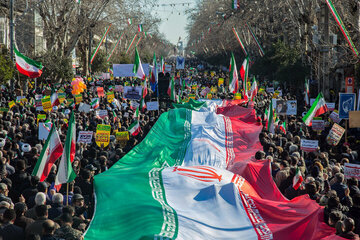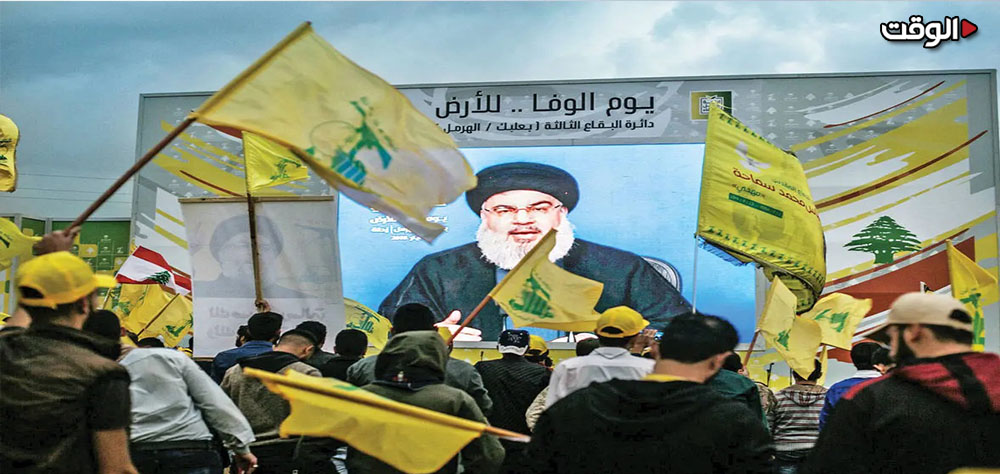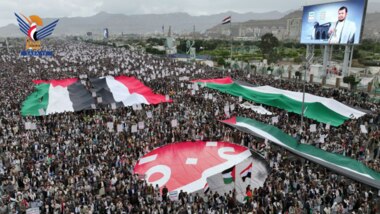Alwaght- After recapturing al-Amiriyah town in the northern outskirts of Palmyra, the Syrian government’s forces have made their way towards the western and northern regions. Finally, after eleven months of being under ISIS terror group’s rule, Palmyra, the ancient pearl of Syria’s desert, was reclaimed from the terrorists at the hands of the Syrian forces and with assistance of the allied forces. A couple of points are of importance concerning the significance of such Syrian triumph.
First of all, this victory is considered as symbolic because the city is seen as one of Syria’s major cultural landmarks. Additionally, Palmyra is described by UNESCO (United Nations Educational, Scientific and Cultural Organization) as being a joining point of several civilizations. In fact, after Palmyra last year fell to the terror group, the global concerns grew over the possibility of the city being destroyed as a symbol of thousands years of human civilization. Bringing the historical city in the spotlight has backfired as many believe that excessive obsession has provoked the terror organization to destroy parts of the city as means of causing psychological pressure and panic. After taking Palmyra, ISIS has turned the desert city’s amphitheater into an execution site. For example it executed the 82-years-old Palmyra’s antiquities chief Khaled al-Assad. The terrorist organization also blew off many parts of the landmark ancient city like the 2,000-years-old Temple of Bel as well as the Arch of Triumph.
The second is the strategic significance of Palmyra. In fact, this recapture operation, which has left the largest number of tolls, is considered as the biggest blow dealt to ISIS since it declared establishment of its so-called Islamic caliphate in January 2014. Furthermore, Palmyra is a strategic gate to Syria’s eastern areas. To put it another way, the historical city is a gate of Raqqa, the stronghold of ISIS terrorists in Syria and the capital of the so-called Islamic caliphate. The liberated city is only 50 kilometers away from Raqqa. On the other hand, from now on, Palmyra turns as a launching point for escalating the anti-ISIS assaults in such cities as Raqqa and Deir ez-Zor. Raqqa is the stronghold of ISIS and Deir ez-Zor, an oil-rich city, is a key fortification for the terror group. Recapture of Palmyra would make it easy to control areas which lead to the Iraqi borders. Perhaps liberation of the desert city presents a fatal blow to ISIS because the Syrian army is now in the best possible morale as it sees itself as the most influential force on the ground for obliteration of the terrorists.
Actually, following Palmyra’s reclaiming, the Syrian troops became more resolved to move towards other fronts in Deir ez-Zor and Raqqa, as well as al-Tanf, a border area between Syria and Iraq. In other words, the Syria army is presently trying to cut off communication and supply lines of the terrorists as a preparatory move before launching major recapture offensives in the ISIS-held provinces.
The third significant aspect is related to the assistance of foreign forces, specifically the Russian forces, to the Syrian government. Moscow has declared that during the liberation operation it targeted 150 terrorists in Palmyra, killing at least 100 of them. It also said that it destroyed four tanks, three artilleries, 12 command posts and six ammunition storehouses. Moscow also said that its fighter jets conducted 40 sorties within 24 hours, delivering airstrikes in support of the Syrian ground forces. By doing so, Russia sought to prove that despite pulling parts of its forces out of Syria, it is still strongly having the Syrian government’s back, once again proving its counter-terror superiority over the US-led coalition. The chief of the Syria Desert Hawks- Liwa Suqur al-Sahra in Arabic-, a branch of Syrian Arab Army, has thanked Moscow for the achievement, calling Russia a “game-changer” in the Syrian conflict.
Thereby, at this period of time, after Russia’s stepping up in the Syrian conflict which resulted in transformation of conditions in favor of the central Syrian government, recapture of Palmyra could pave the way for reclaiming other cities and specifically putting an end to ISIS’ de facto caliphate in Raqqa by Syria’s government forces.

